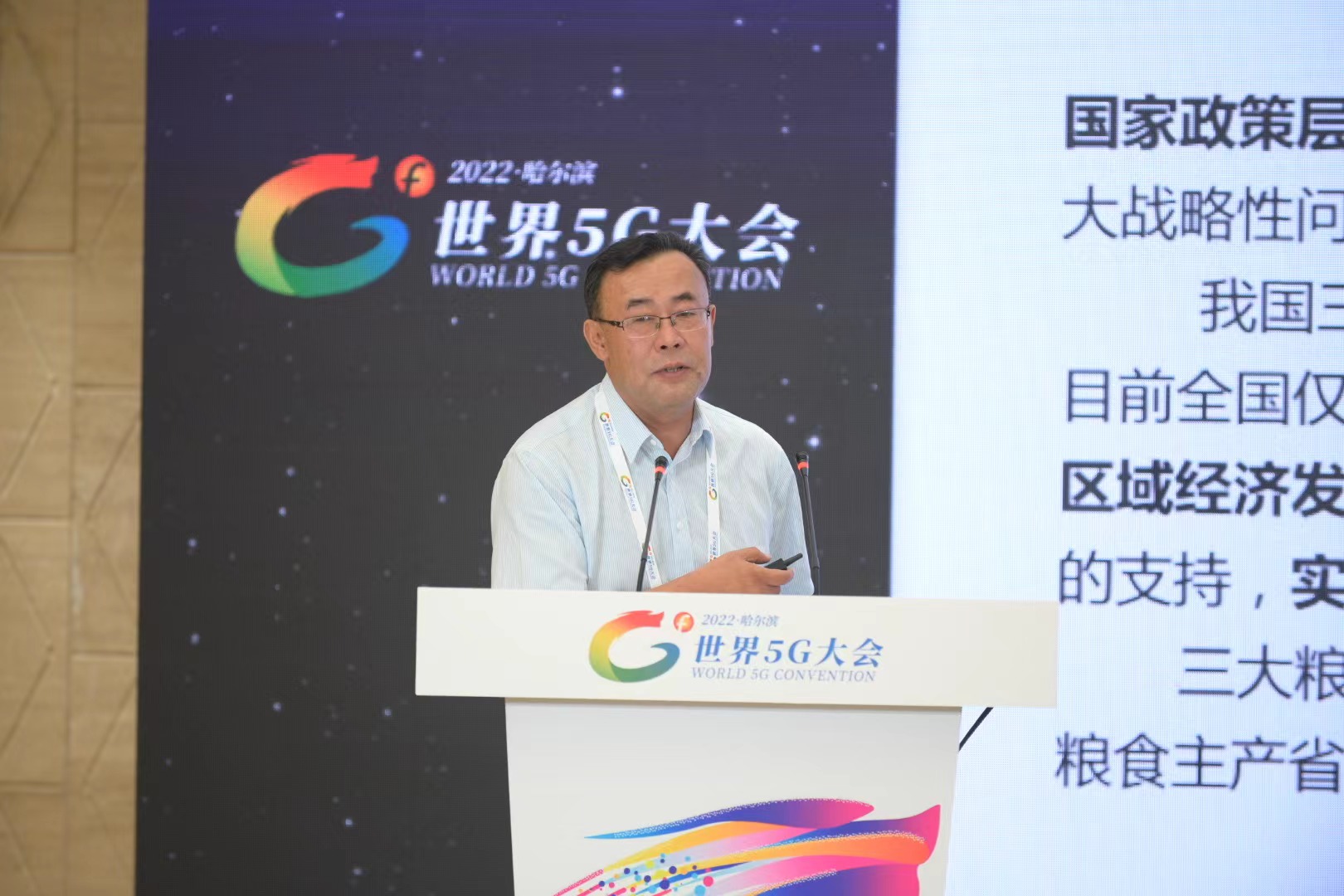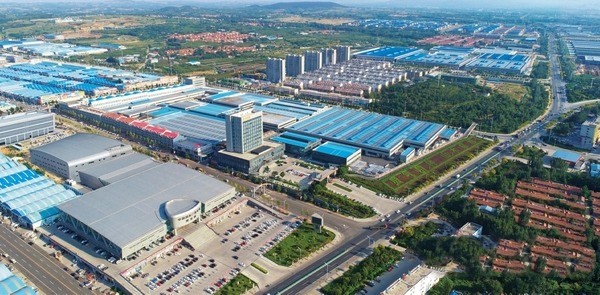Experts from the Yangtze Rolling Dolphin Science Examination Team revealed that it is planned that the first wild chemical is placed back to the Yangtze River to enter the Yangtze River
Author:Pole news Time:2022.09.22
Ji Mu News Special Reporter Hu Dikai
On September 22, facing the breeze, the fourth day of the 2022 Yangtze Relief Scientific Investigation was officially launched, and Jimu Journalists continued to scientific test with the team.
At 9 am, two science ships from Yichang to Chenglingji, Hubei, sneaked from Jingzhou Wharf. The Jiuqu Jiusu of the Yangtze River is known for its "danger". Until noon, the ship enters the national nature reserve of the Shijian Yangtze River Swan Island Baiyou dolphin. It has been established in 1992 and has been established for 30 years. After 95 kilometers of sailing, at 3 pm, the scientific test arrived at Shi Shi Pier and ended the scientific examination on the fourth day.
Reporter experience visual observation, find the figure of the dolphin figure
At 8:30 in the morning, Ji Mu journalists followed the science team to Jingzhou Wharf. Today, it is the fourth day of the inspection team inspected by Yichang to Chenglingji Section.
The sun was shining, the breeze was gently glowing the river, and the open water surface was slightly scales. At 9 o'clock, the two scientific examination boats set off, and the scientific test teams quickly reached their respective positions and started a new day of inspection. The reporter saw that the observer on the deck was holding a telescope to observe, and he couldn't help curious in his heart. How did they look for porpoons?

Polar news reporter experience visual observation
With the approval of the observer group, the independent observers found the spare telescope and brackets to the reporter in the scientific examination, allowing reporters to experience how to observe it. According to Wang Ruilong, an independent observer of the observer group, first, first of all, the focal length of the telescope needs to be debugged, adjust it to the best state, and then tie the telescope on the bracket to start observation. Inside, the best observation distance is about 500 meters.

Independent observed observer Wang Ruilong observed the situation of Jiangfan
The reporter stood on the right side of the deck and needed to observe the range of 10 degrees in front to 90 degrees on the right side. Tie the telescope on the bracket, the reporter began to observe. Through the telescope, the reporter can see the floating objects, birds, fish, and the figures of the porpoise. Ecological environment. The ten -minute observation experience, the reporter did not see the porpoons, saw two past vessels, and did not see personnel activities on the shoreline. The ecological environment of the shoreline was excellent.

The shoreline situation seen by Jimu Journalists through the telescope
"We have 5 observers, 3 independent observers and 2 recorders on the boat. 1 recorder observes and records in the middle of the deck. One observer on each station on both sides, and independent observer stands alone at a high place to observe." Wang Rui Long said, "The observation seat is changed every half an hour to ensure the quality of observation and also provides a rest for the observer. The observation data must be reported to the recorder before each rotation, and the number of ships that see the porpoise, driving or mooring, and the number of ships that are moored. And the shore line situation. "

Observer Wang Chongrui observes Jiangfan situation
"This year, the first wild chemical is released to the pecgiarism to enter the Yangtze River"
Traveling for more than 3 hours, the time has arrived at noon.

Shishou Reserve's shoreline situation
The National Nature Reserve of the Yangtze River Swan Island Baiji Dolphin, since its establishment in 1992, has been 30 years this year. The protected area mainly protects rare and endangered species such as the White Cycling Dolphin and the Yangtze River Porpoch. In 2007, the White Rippocampus was announced to be functional extinct. The protected area is 89 kilometers of the first section of the Yangtze River stone (located) and 20.9 kilometers of the old road (relocated) in the Yangtze River Swan Island. Reserve river section.
It is understood that in 1986, the Institute of Aquatic Biology of the Chinese Academy of Sciences proposed three protection measures to carry out "in situ protection, relocation protection, and artificial breeding reproduction". Five Yangtze River porpoons were moved into the old way of Swan Island and succeeded. In 1992, the State Council approved the establishment of the "Hubei Yangtze River Swan Island White Cycling Dolphin National Nature Reserve". At present, the porpoons in the relocation area have reproduced the 101 -headed Yangtzepin family, and the number of porpoons to protect the population in the country is more than 150 heads, which accounts for two -thirds.

Scientific test ship driving to the protected area
Hao Yujiang, an associate researcher at the Institute of Aquatic Biological Research Institute of the Chinese Academy of Sciences, and the captain of Yichang to Chenglingji section, told reporters that the National Nature Reserve of the Shihou Yangtze River Swan Island Baiyou Dolphin Nature Reserve is the first batch of Yangtian dolphin reserves in the country. The ecology of the protected area is very suitable for porpoons to survive.
Hao Yujiang introduced that one of the goals of the establishment of the relocation protection area is to hope that with the continuous improvement of the ecological environment of the Yangtze River, the artificial breeding of artificially breeding in the relocation protection area can enter the Yangtze River and achieve wild return. "With the implementation of the Yangtze River Protection Strategy, the Yangtze River Protection Law was introduced, and fishing for ten years was fully pushed away. The ecological environment of the Yangtze River has been greatly improved. This year we also have plans to move the artificially breeding porpoise in the relocation of the land. For the first time, wildness is placed in the Yangtze River to survive. "
After 95 kilometers of sailing, at 3 pm, the two scientific examinations arrived in Shishou Pier one after another, ending the fourth day of the scientific test. The journalist will also start the fifth day of the inspection with the team members.
- END -
G customer interview | Su Zhongbin: 5G technology will help grain crops to achieve efficient production and achieve three major breakthroughs

What major breakthroughs will 5G technology achieve in the high -efficiency produc...
Lintong uses supply -side reforms to force the new advantage of aluminum industry

A few days ago, the main responsible comrades of Lintong County led the relevant p...